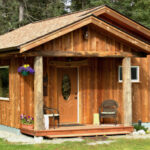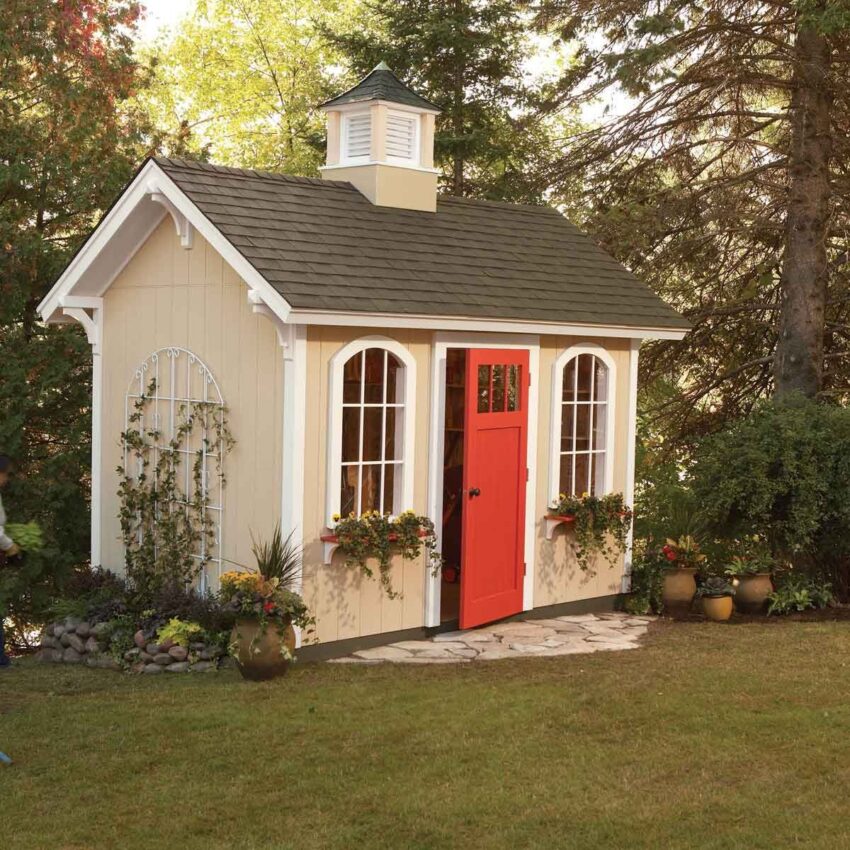In today’s digital age, data storage has become increasingly important, especially with the rise of remote work and the need for easy access to files from different locations. Cloud storage is a great solution for this, but what if you don’t want to rely on third-party services? Setting up your own home cloud storage can provide you with more control and privacy over your data. In this article, we will guide you through the process of setting up home cloud storage step by step.
Understanding Cloud Storage

Before we dive into the setup process, it’s important to understand what cloud storage is and how it works. Cloud storage refers to storing data on remote servers that can be accessed through the internet. This eliminates the need for physical storage devices such as hard drives or USBs. With cloud storage, you can access your data from any device with an internet connection.
There are two types of cloud storage: public and private. Public cloud storage is offered by third-party services like Dropbox, Google Drive, or OneDrive, while private cloud storage is hosted on your own servers. Private cloud storage provides more control over your data and can be a cost-effective solution if you have a lot of data to store.
Choosing a Home Cloud Storage Solution
When it comes to setting up your own home cloud storage, there are several solutions to choose from. Here are some of the most popular options:
- Network-Attached Storage (NAS): A NAS device is a storage device that connects to your home network and allows you to access your files from any device on the network. NAS devices come with pre-installed software that allows you to set up your own cloud storage.
- Raspberry Pi: A Raspberry Pi is a small, affordable computer that can be used as a home cloud storage server. You can install open-source software like Nextcloud or OwnCloud to create your own cloud storage solution.
- External Hard Drive: If you don’t have a lot of data to store, an external hard drive can be a simple solution for setting up your own cloud storage. You can connect the hard drive to a computer and use it to store and access files remotely.
Setting Up Home Cloud Storage with NAS
In this section, we will walk you through the process of setting up your own home cloud storage using a NAS device. Here are the steps:
Step 1: Choose a NAS Device
There are many NAS devices available on the market, but some of the most popular brands are Synology, QNAP, and Western Digital. When choosing a NAS device, consider the amount of storage you need, the number of users, and the features you require.
Step 2: Set Up the NAS Device
Once you have chosen a NAS device, follow the manufacturer’s instructions to set it up. This typically involves connecting the device to your home network and installing the necessary software.
Step 3: Configure Cloud Storage
After setting up the NAS device, you can configure the cloud storage by installing the software that comes with the device. This software allows you to create user accounts, set up file sharing, and configure remote access to your files.
Step 4: Access Your Cloud Storage
Once the cloud storage is set up, you can access it from any device on your home network by entering the device’s IP address in a web browser. You can also access the cloud storage remotely by setting up port forwarding on your router and configuring the necessary settings on the NAS device.
Setting Up Home Cloud Storage with Raspberry Pi
In this section, we will guide you through the process of setting up your own home cloud storage using a Raspberry Pi. Here are the steps:
Step 1: Choose a Raspberry Pi
There are several models of Raspberry Pi to choose from, but the Raspberry Pi 4 is the most powerful and suitable for a home cloud storage server. You will also need a microSD card, a power supply, and an Ethernet cable.
Step 2: Install the Operating System
Download the operating system for Raspberry Pi from the official website and follow the instructions to install it on the microSD card. The most popular operating systems for home cloud storage are Nextcloud and OwnCloud.
Step 3: Configure the Raspberry Pi
After installing the operating system, configure the Raspberry Pi by connecting it to your home network and enabling remote access. You can do this by accessing Raspberry Pi’s configuration settings.
Step 4: Install Cloud Storage Software
Once the Raspberry Pi is configured, install the cloud storage software of your choice, such as Nextcloud or OwnCloud. Follow the instructions provided by the software to set up your cloud storage.
Step 5: Access Your Cloud Storage
After setting up the cloud storage, you can access it from any device with an internet connection by entering the Raspberry Pi’s IP address in a web browser. You can also access the cloud storage remotely by setting up port forwarding on your router and configuring the necessary settings on the Raspberry Pi.
Setting Up Home Cloud Storage with External Hard Drive
If you don’t have a lot of data to store, an external hard drive can be a simple solution for setting up your own cloud storage. Here are the steps:
Step 1: Connect the External Hard Drive
Connect the external hard drive to a computer and transfer the files you want to store in the cloud to the hard drive.
Step 2: Set Up Remote Access
To access the external hard drive remotely, you can set up a VPN connection or use a remote access software like TeamViewer. Follow the instructions provided by the software to set up remote access.
Step 3: Access Your Cloud Storage
Once the remote access is set up, you can access the external hard drive from any device with an internet connection by connecting to the VPN or using the remote access software.
Conclusion
Setting up your own home cloud storage can provide you with more control over your data and eliminate the need for third-party services. There are several solutions to choose from, including NAS devices, Raspberry Pi, and external hard drives. Follow the steps provided in this guide to set up your own home cloud storage and enjoy easy access to your files from anywhere.






